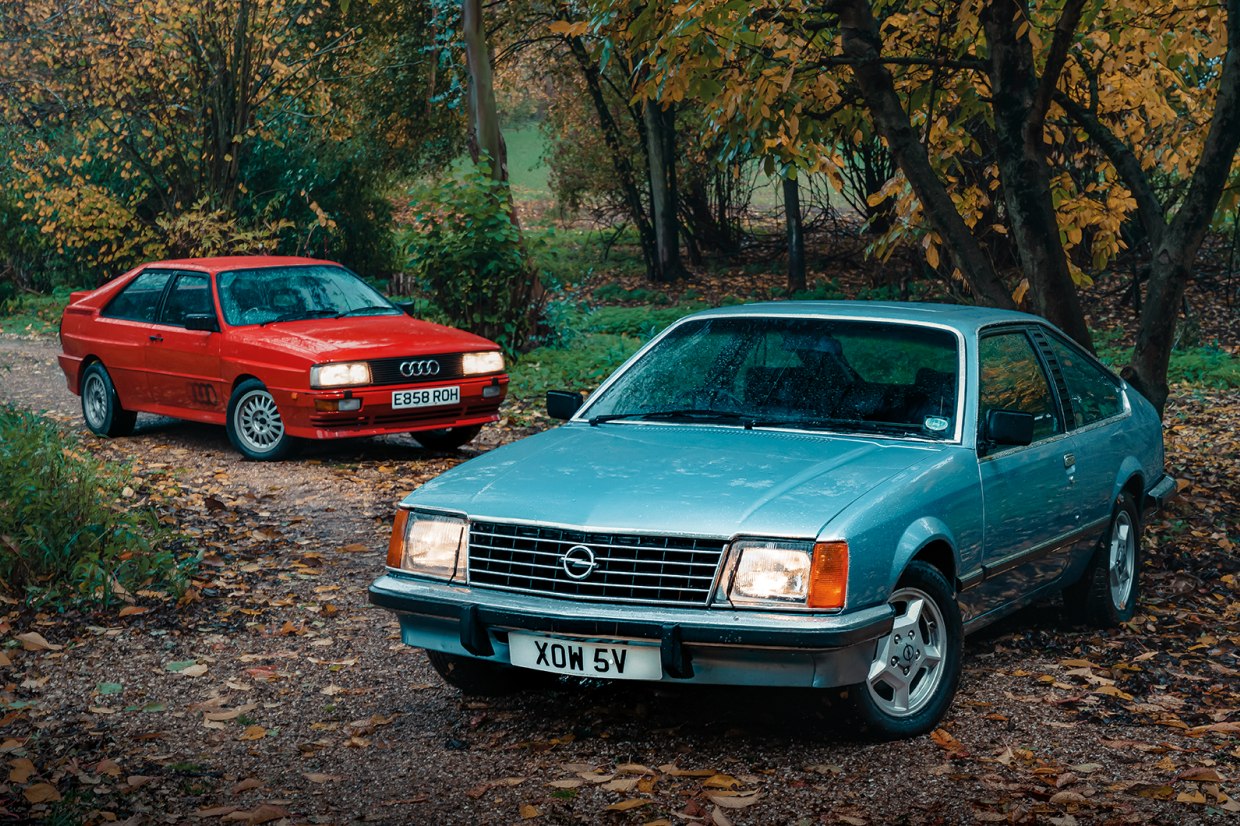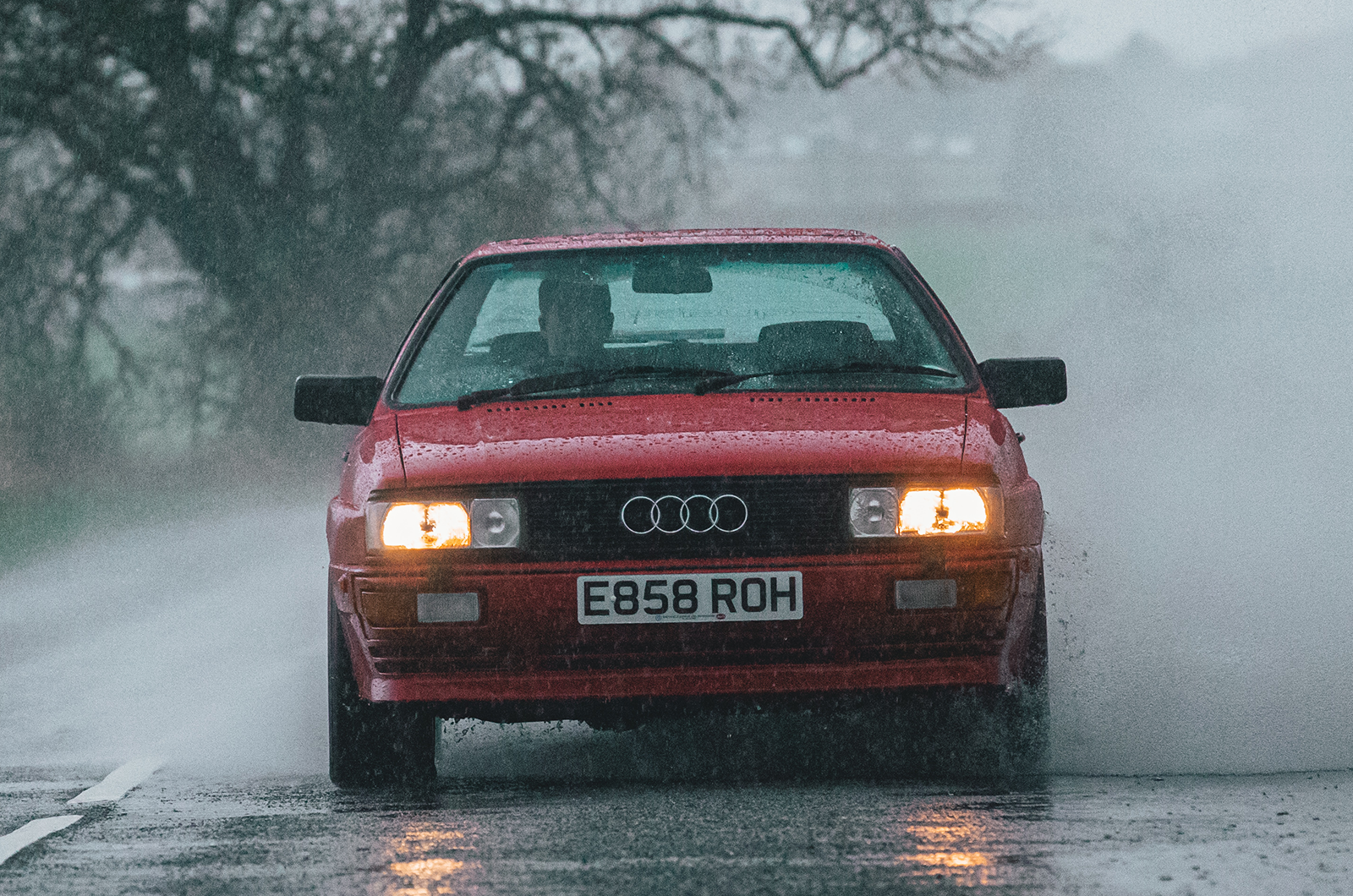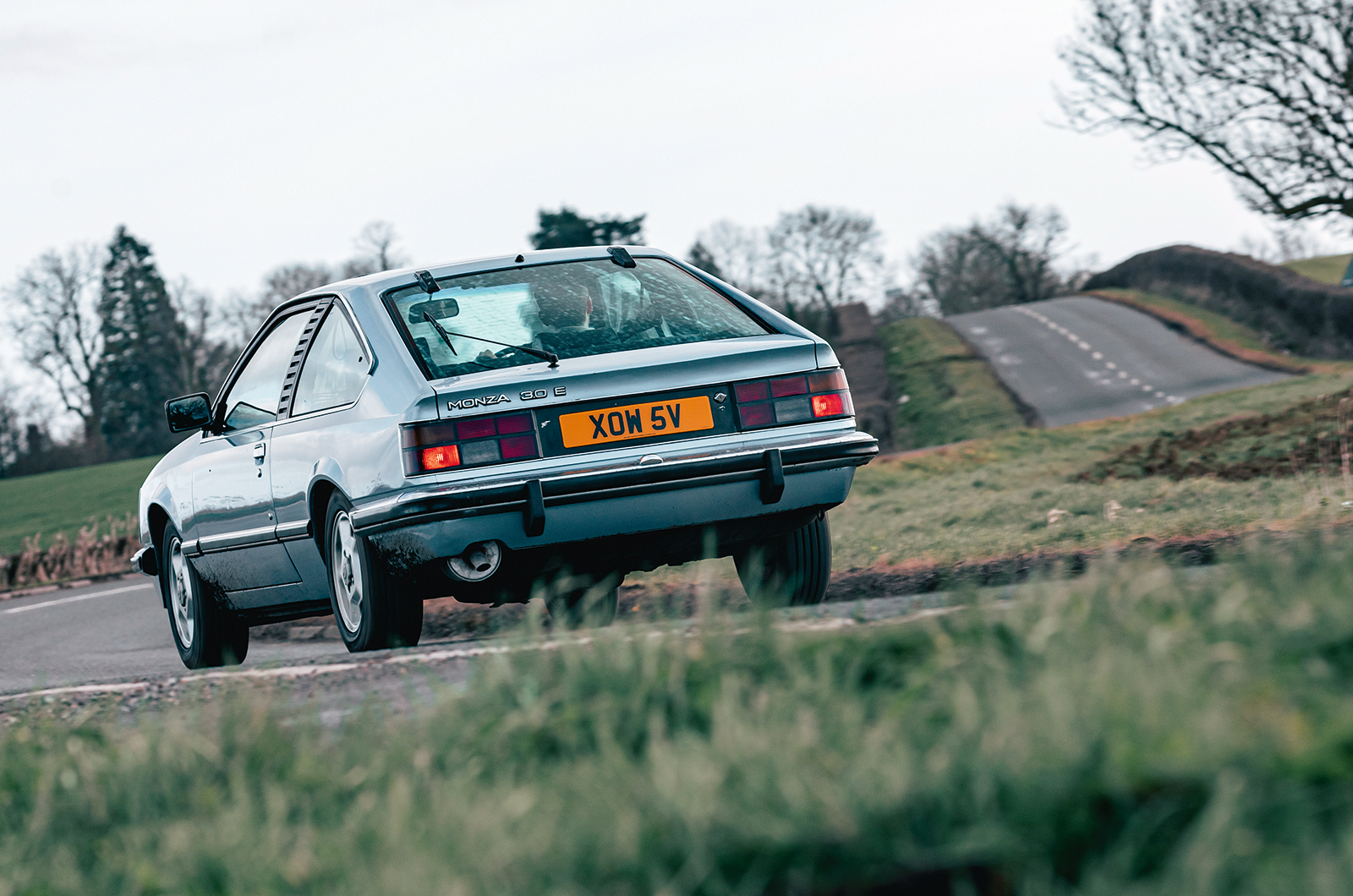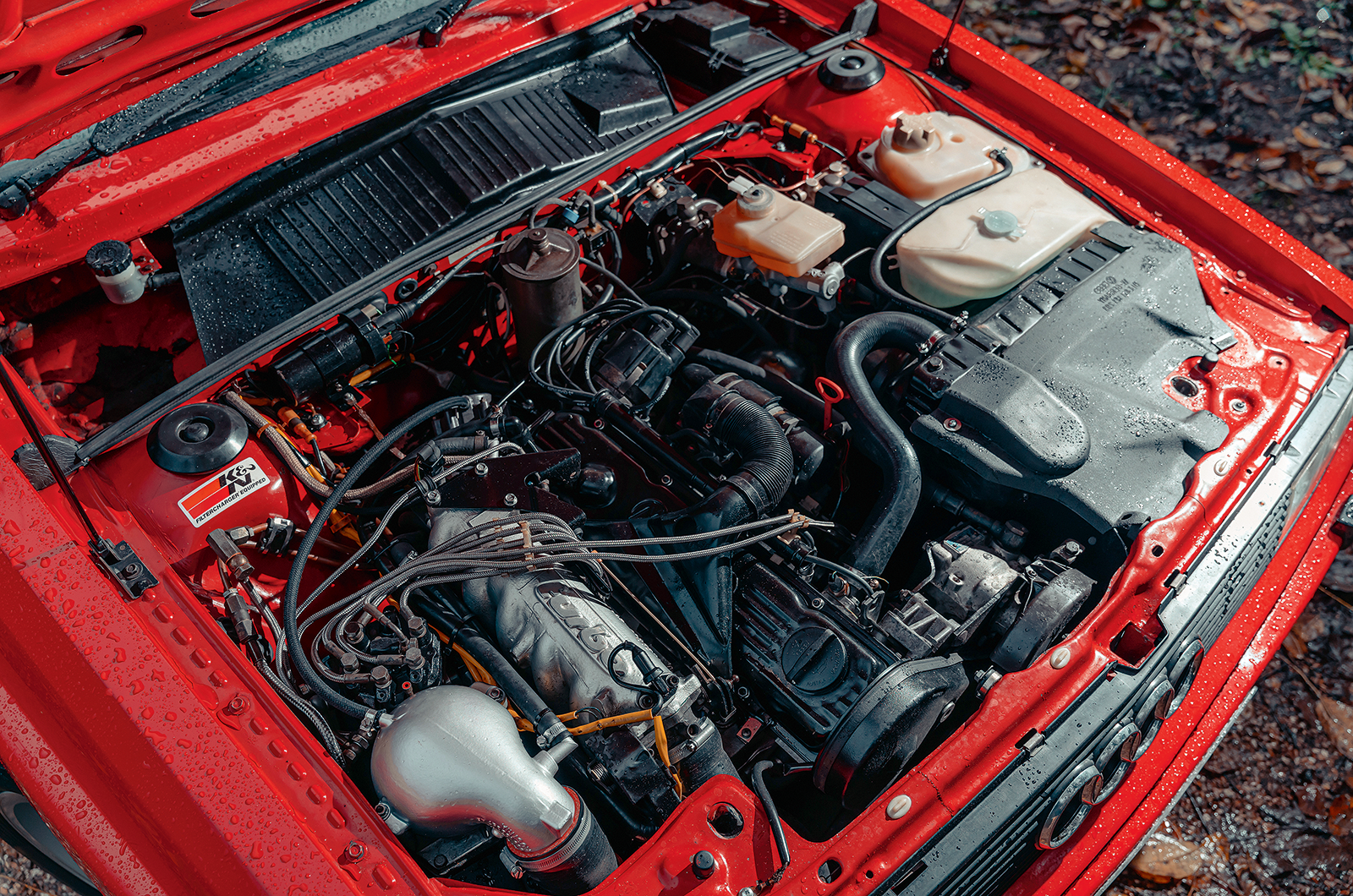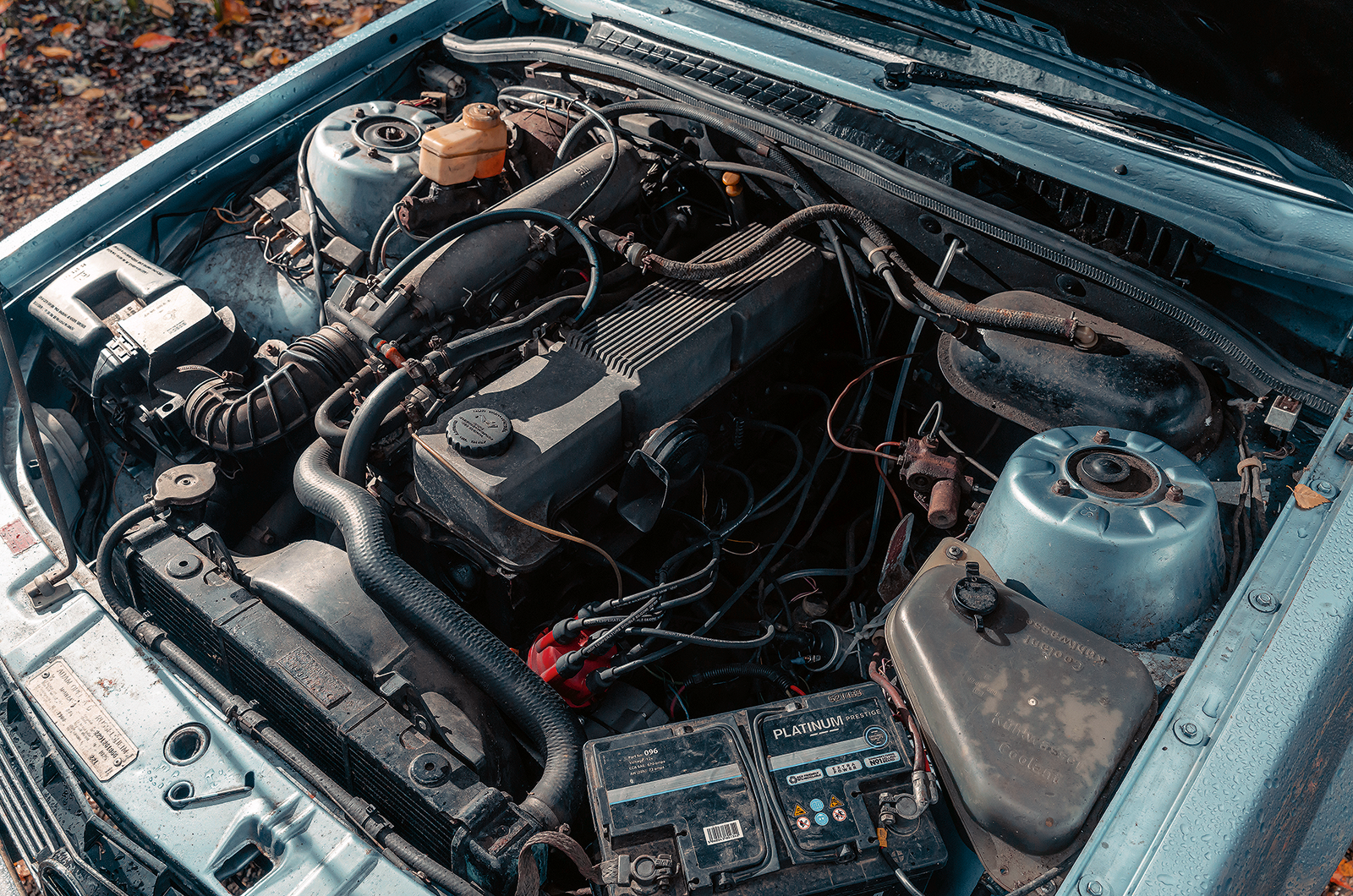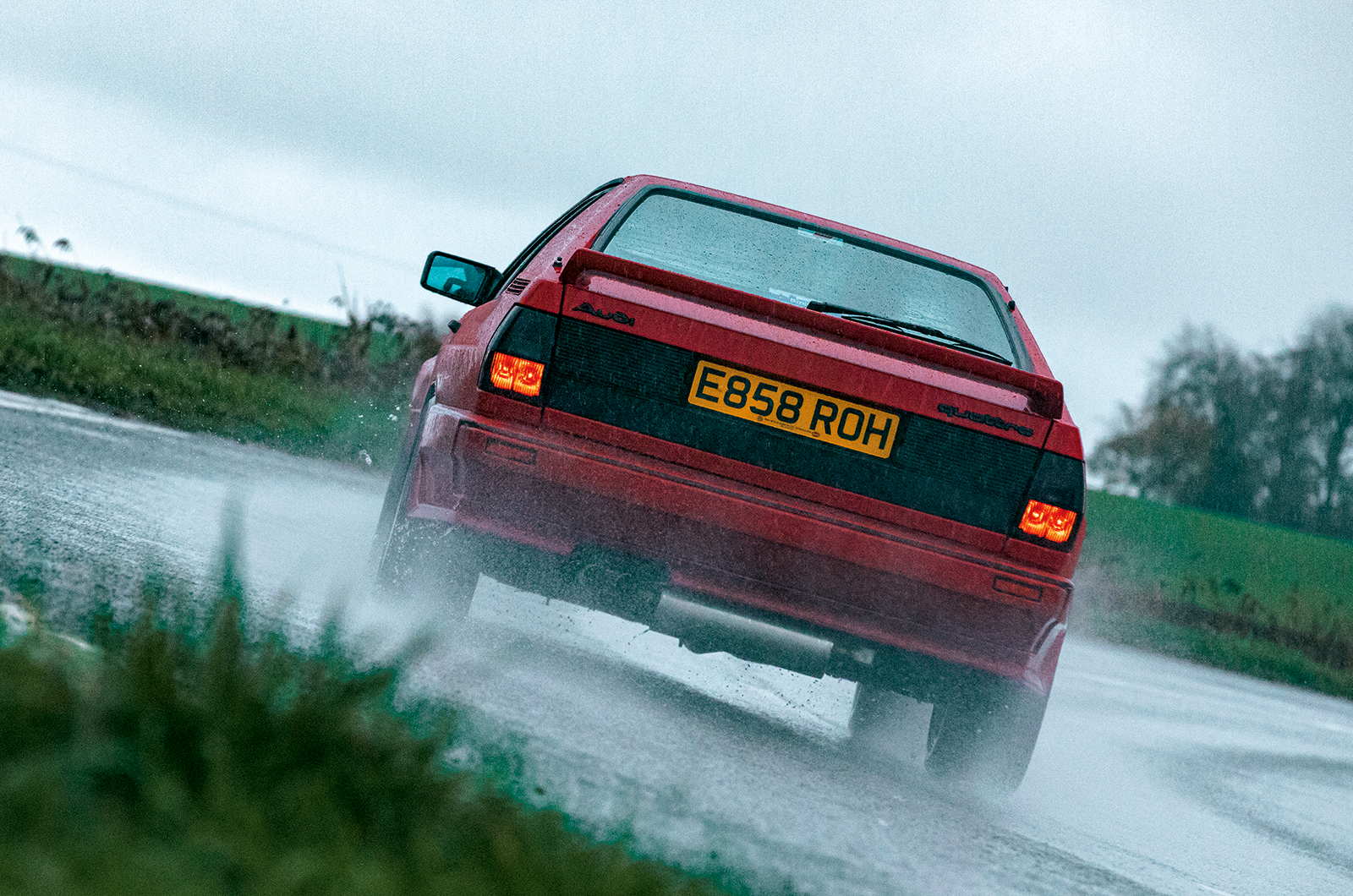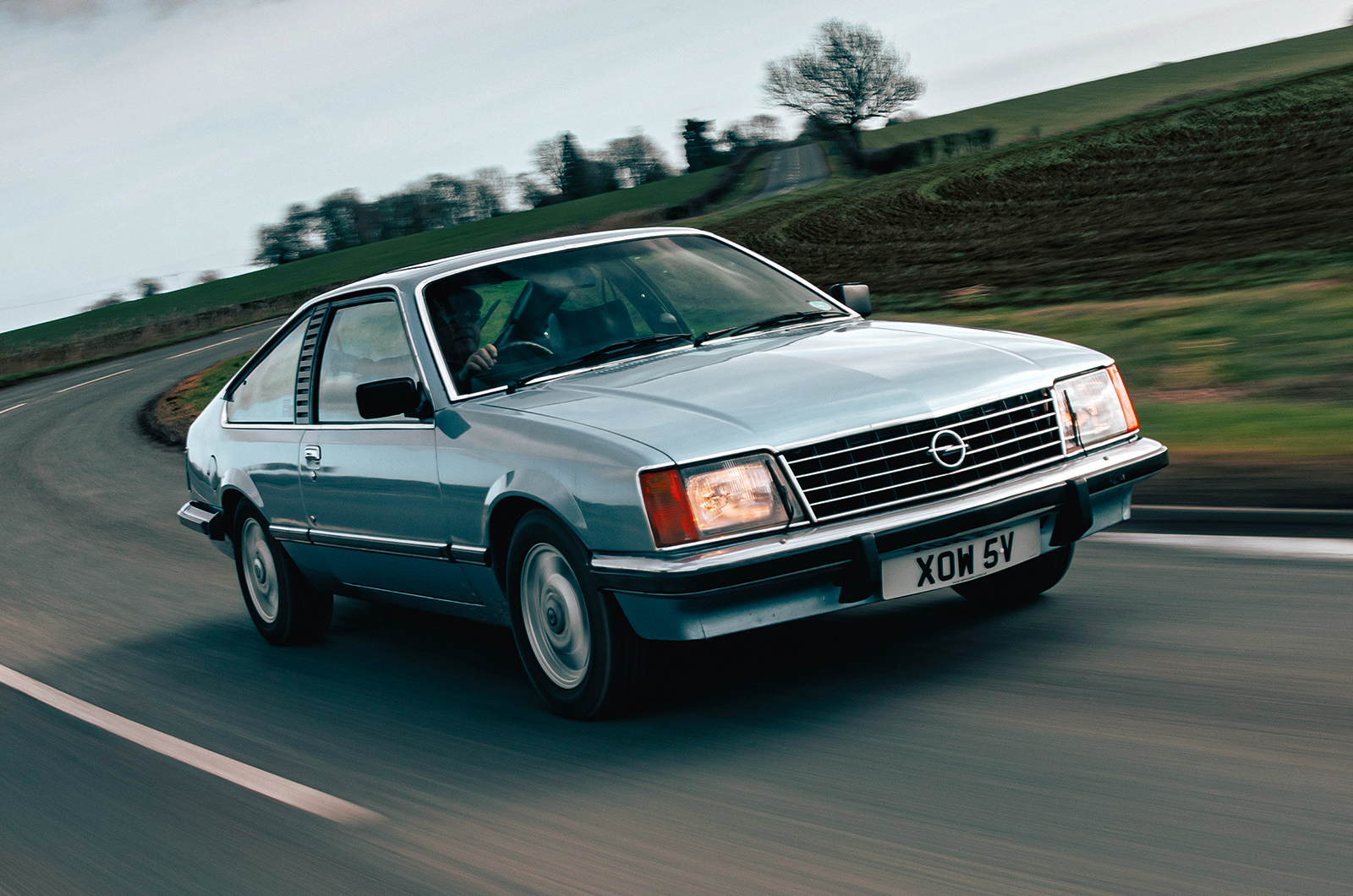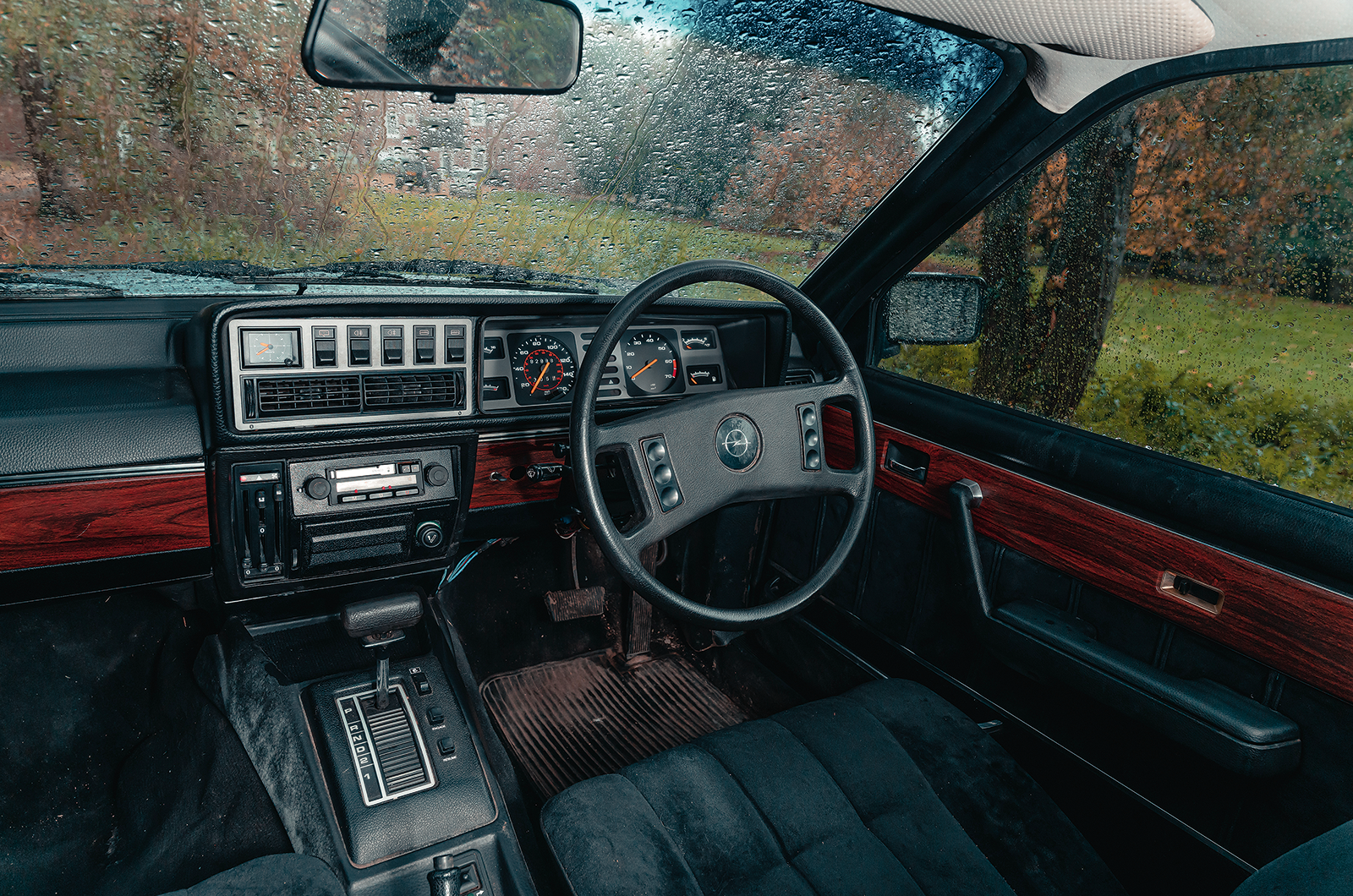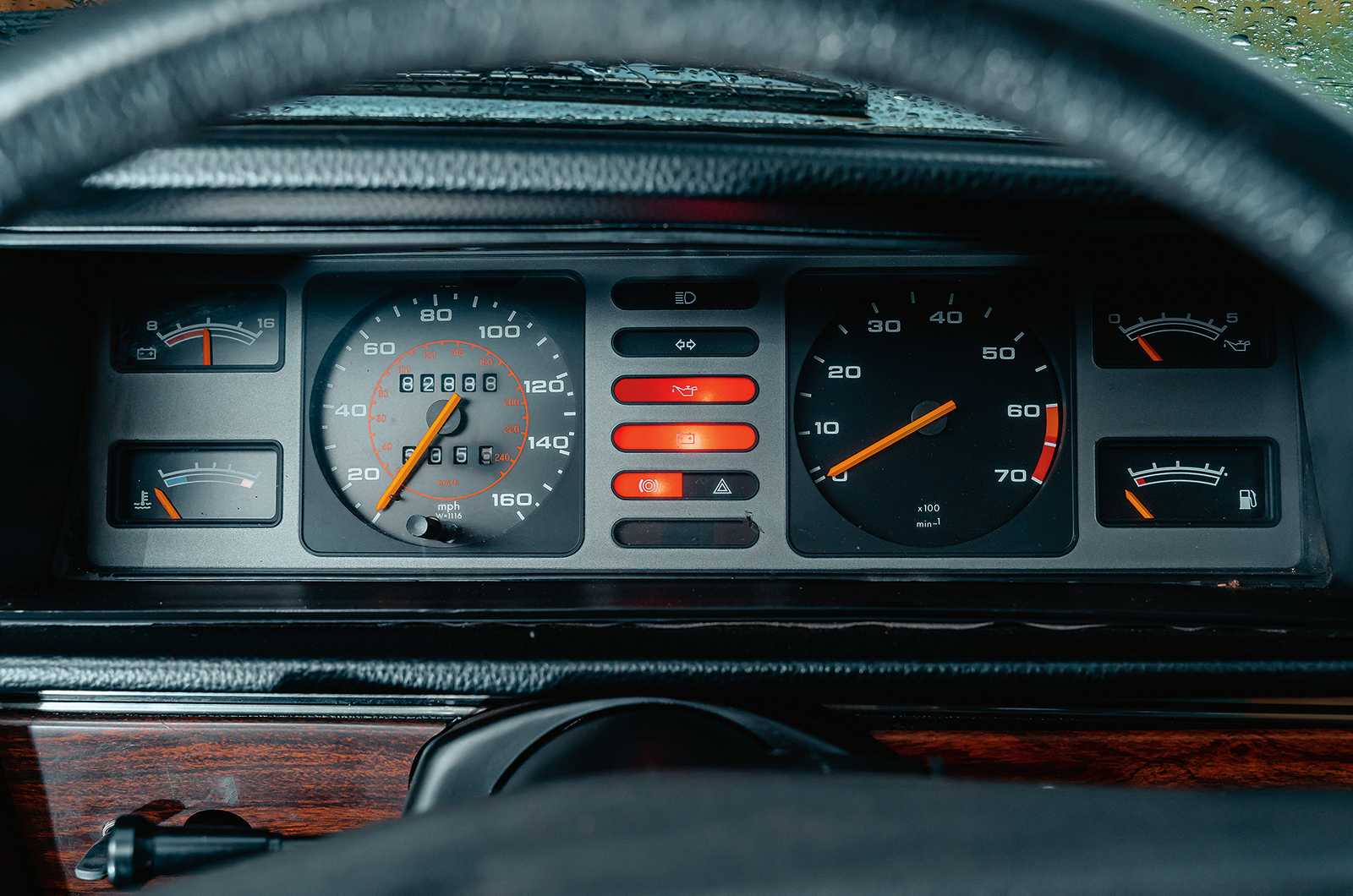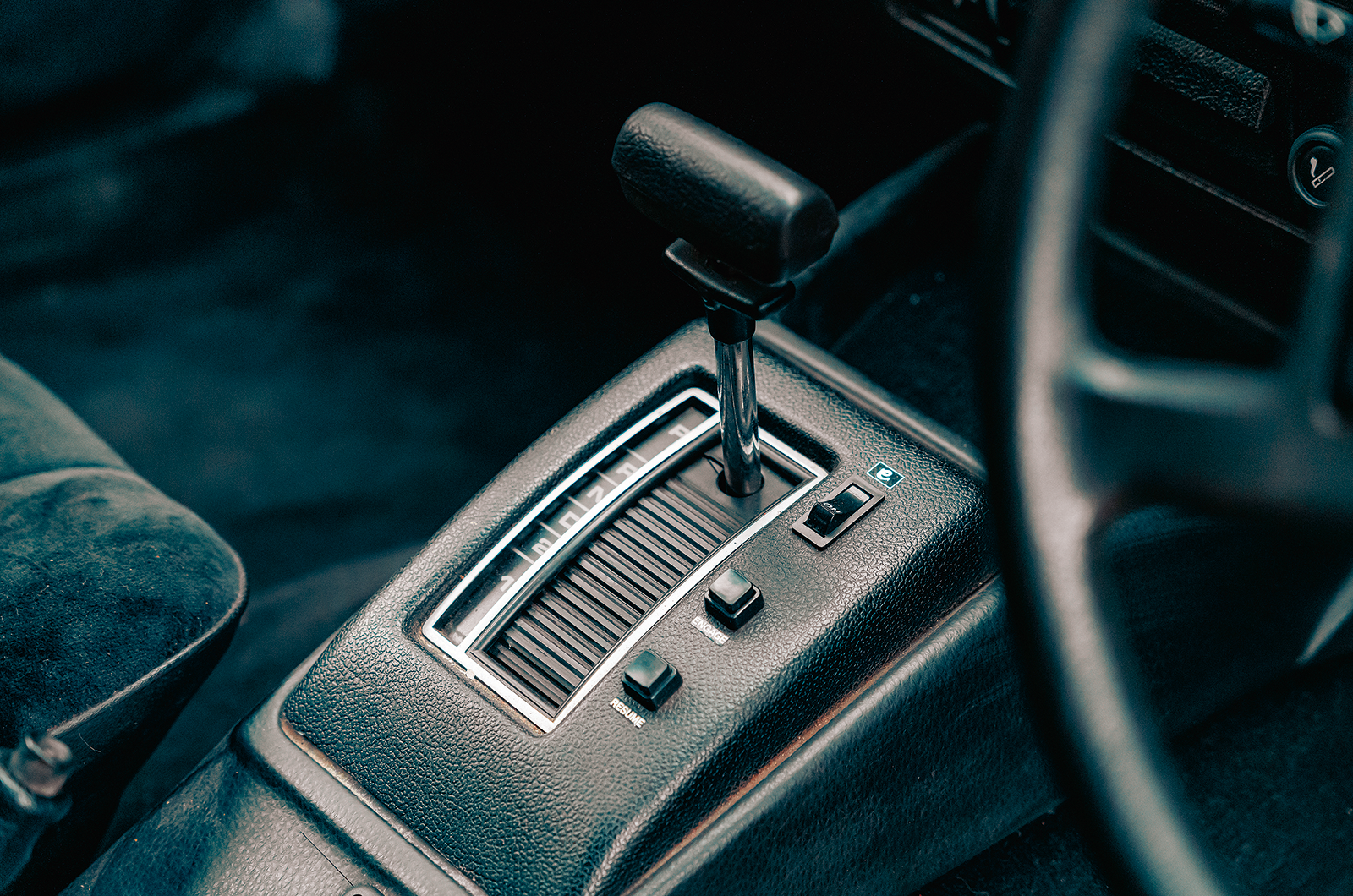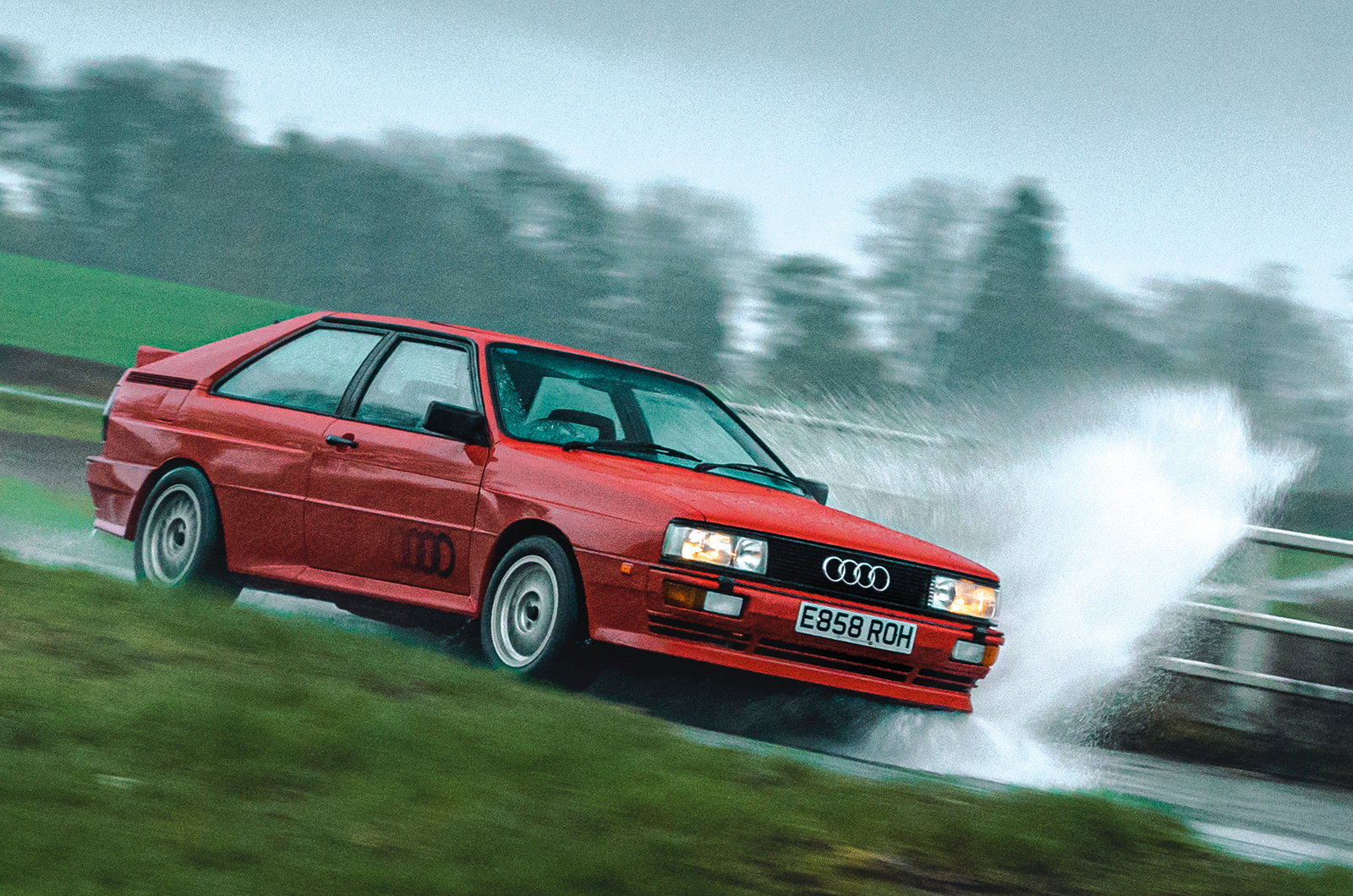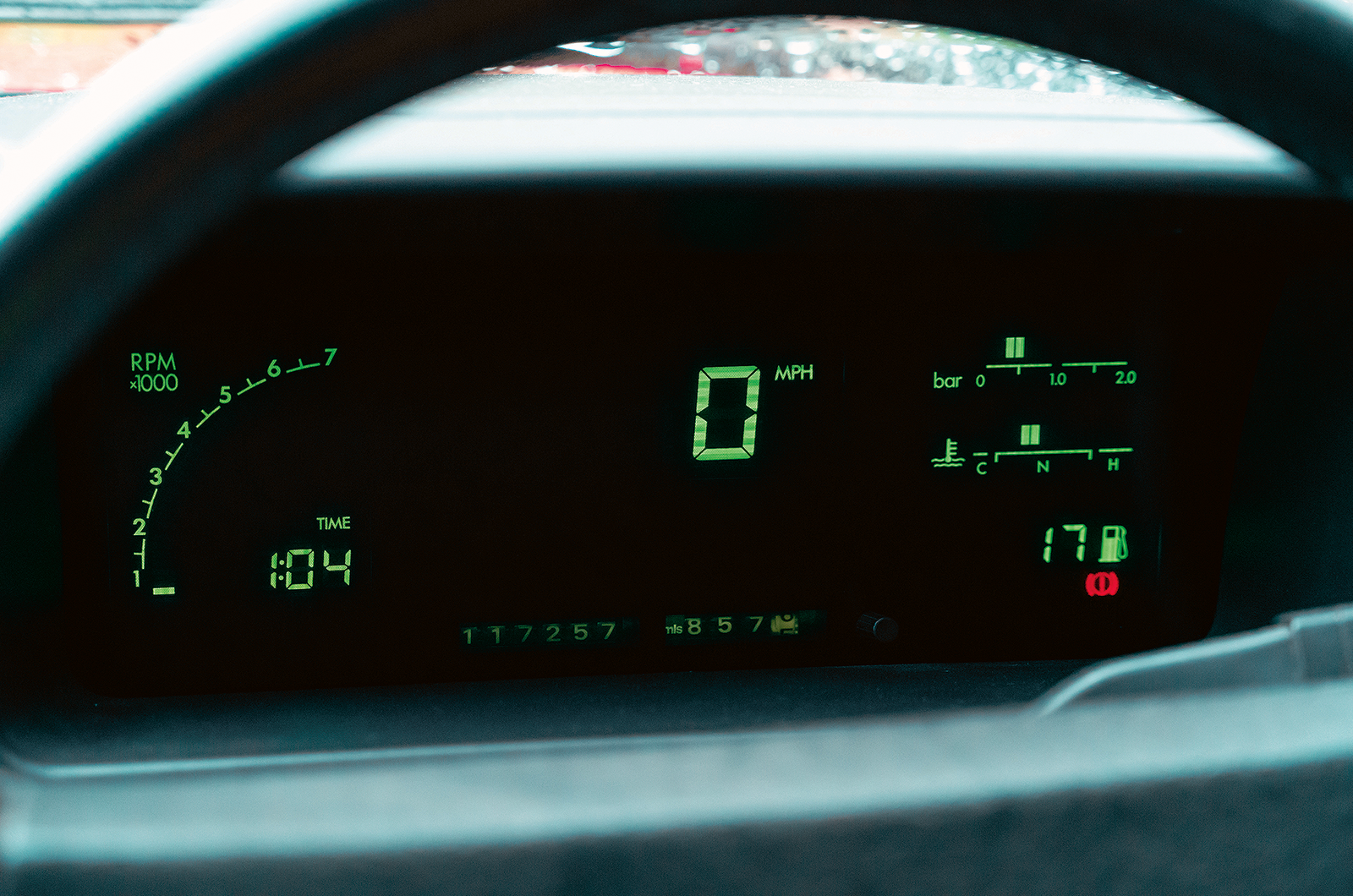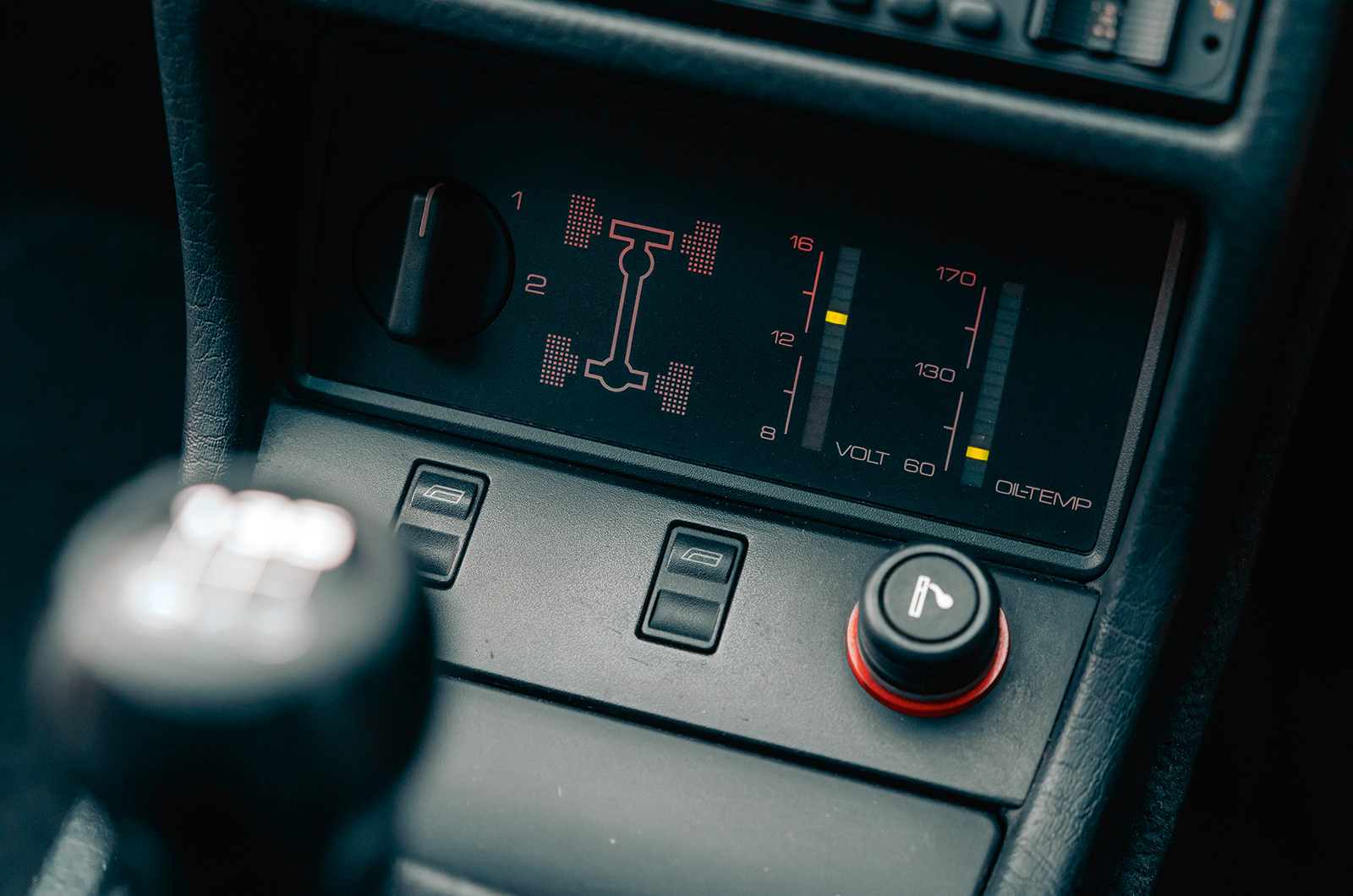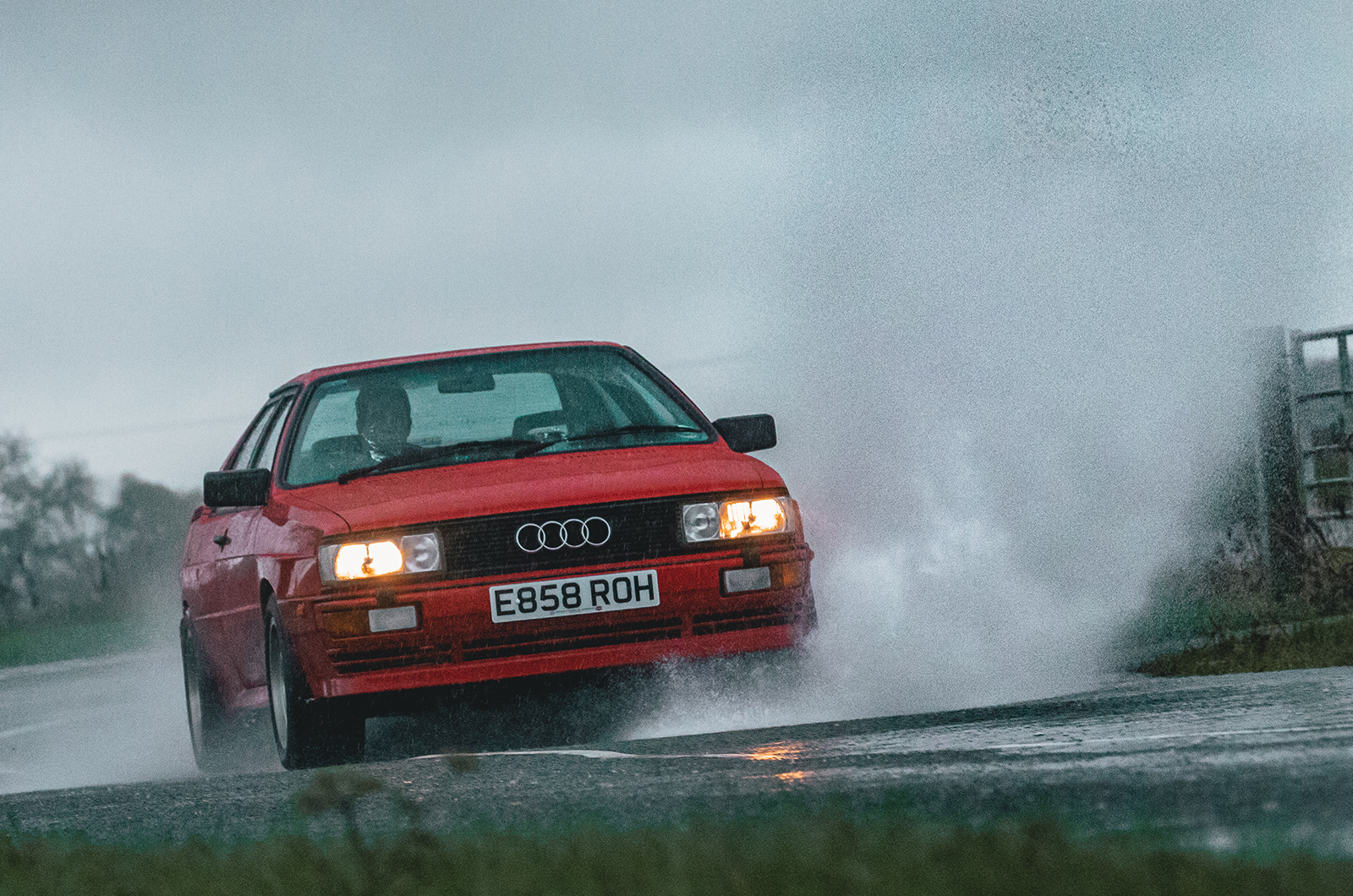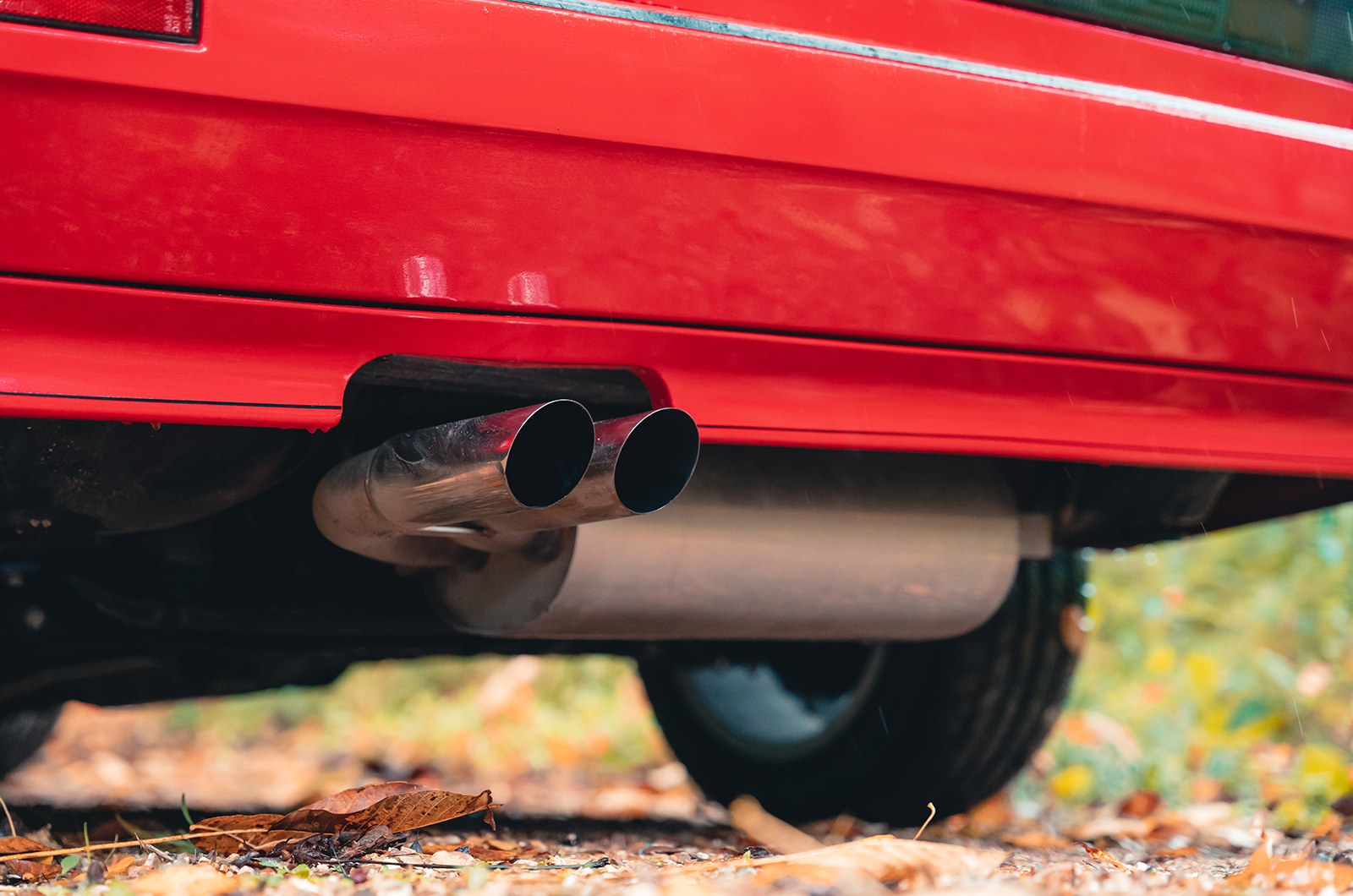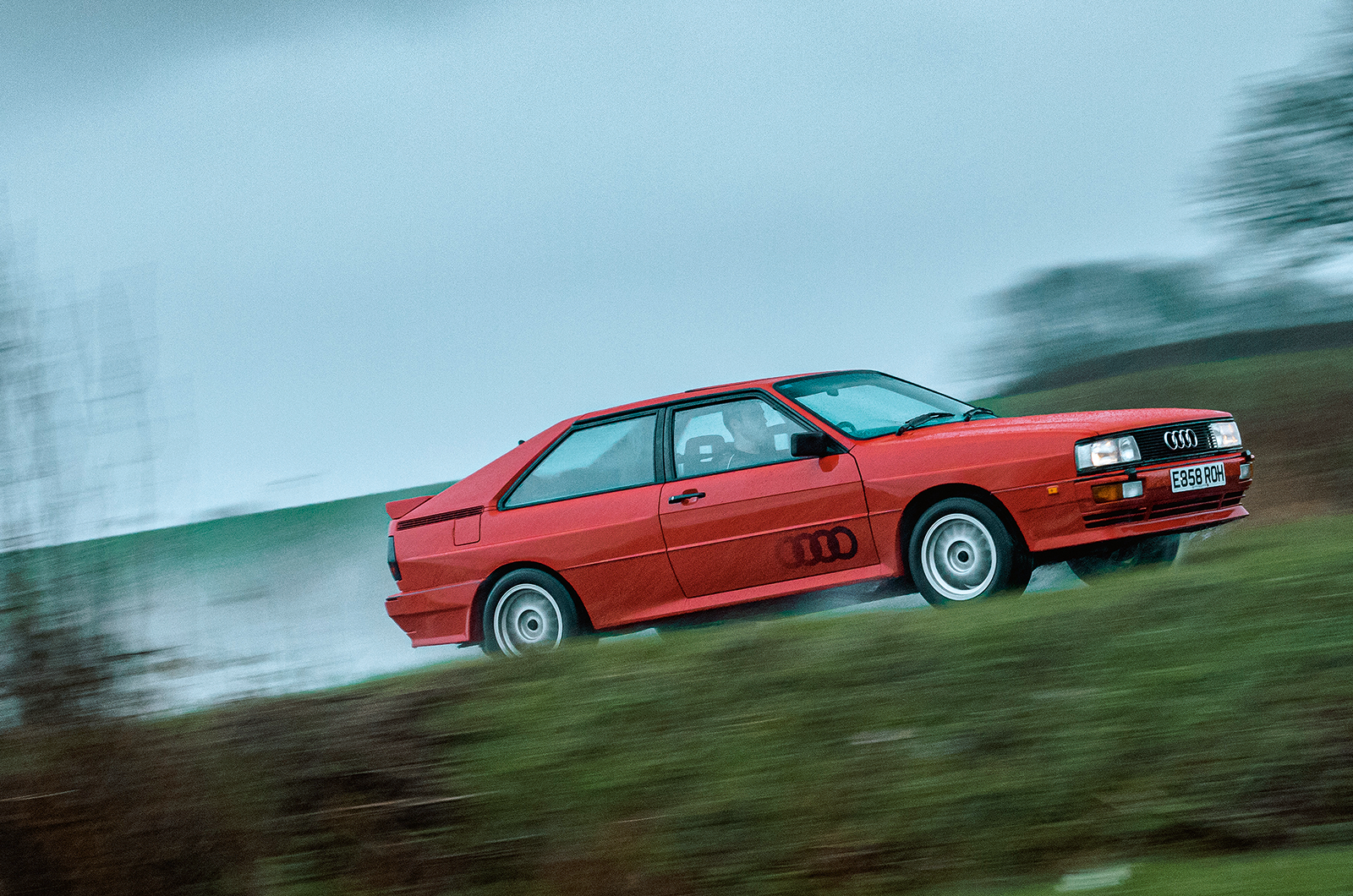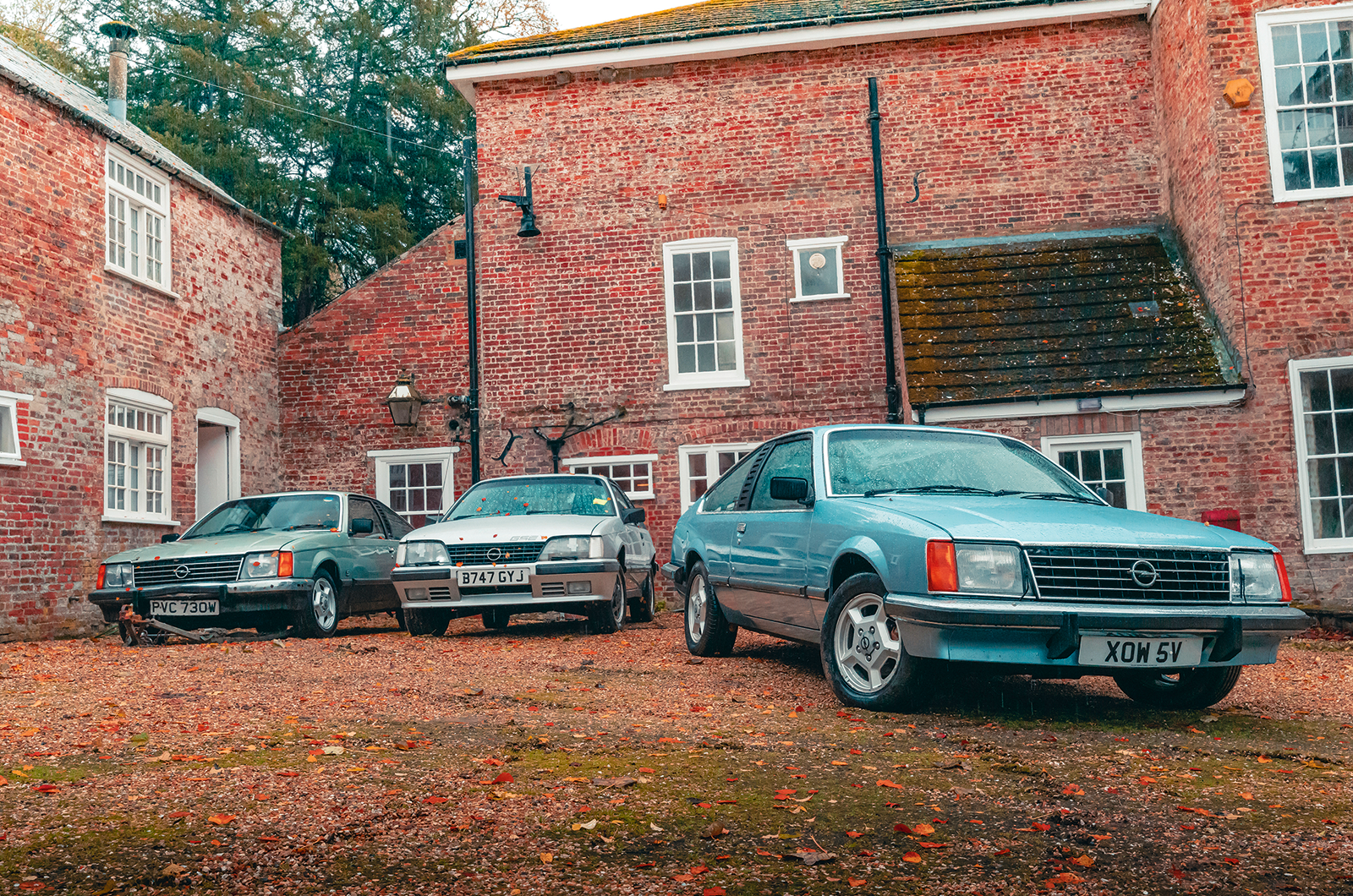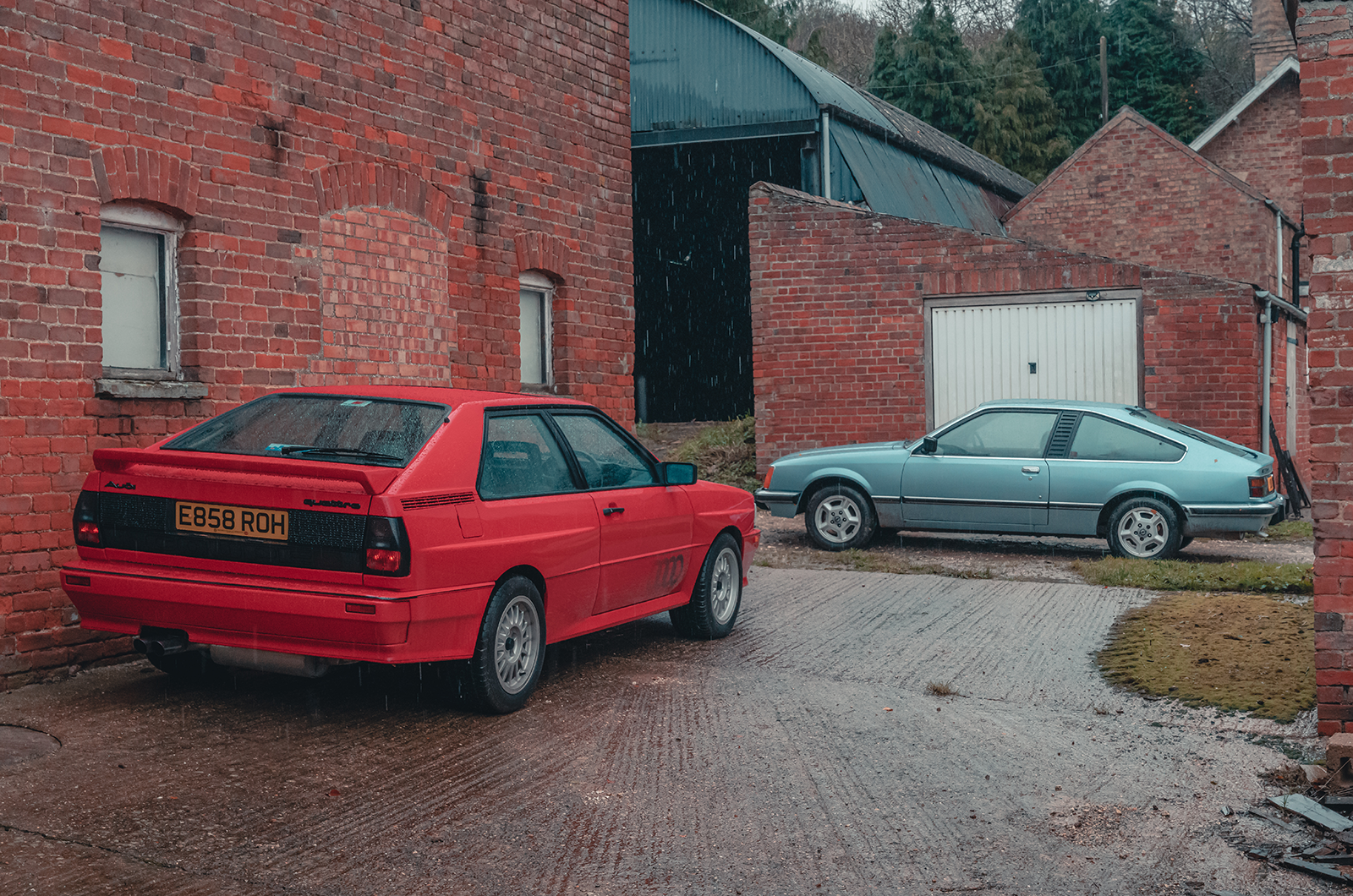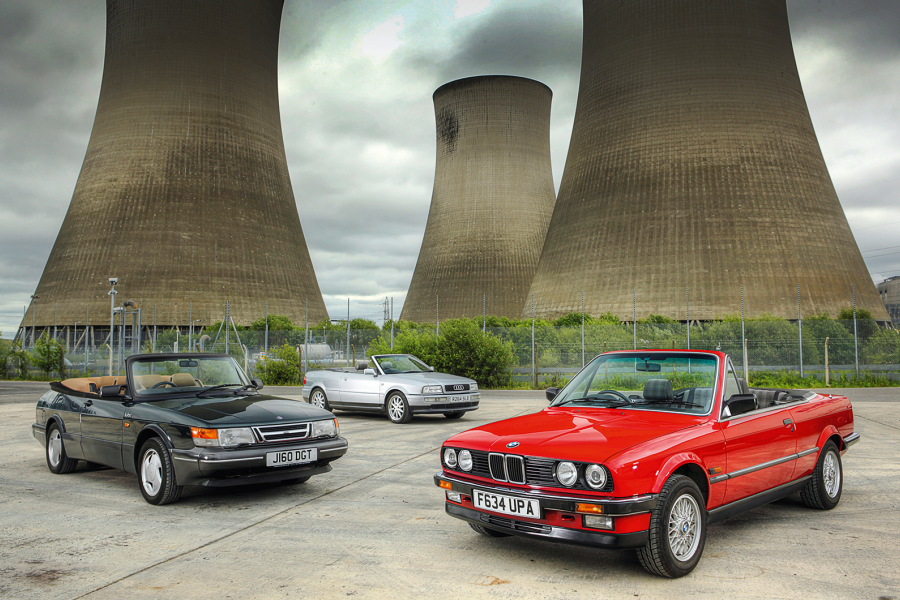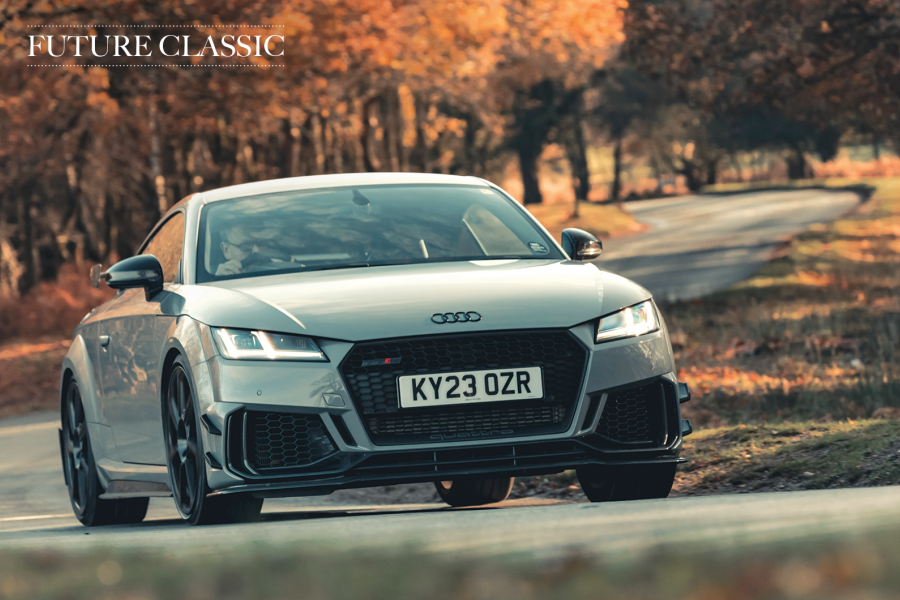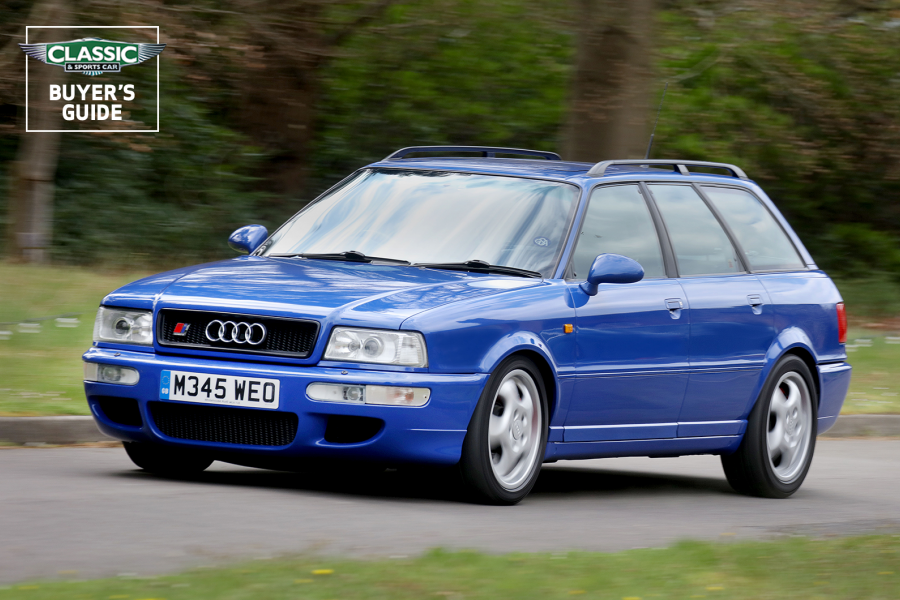Where the quattro really shows a clean pair of heels to the Monza, though, is in its power.
Already lighter than the Opel (all-wheel-drive kit or not), its turbocharged engine provides 17bhp more than the relatively lazily tuned Monza 3-litre.
The Opel’s power is a bit more tractable, but there is no making up those numbers, and indeed it was the Monza’s lack of punch compared with the Audi that many contemporary road testers felt failed to justify the conversion.
Just six Opel Monzas received this four-wheel-drive conversion
At the time, the suggestion was that a four-wheel-drive sports coupé should be a serious performance weapon; today, all-weather, all-wheel-drive coupés are far more commonplace, so perhaps FF’s Monza was ahead of its time: only six were built.
You could forgive FF for feeling Audi stole its thunder with the quattro, but when interviewed by Motor in 1981, co-creator Rolt expressed significant, if qualified, admiration for the German car: “Audi has picked up what we’ve been preaching.
“The quattro is a brilliant adaptation. But I don’t think they’ve got it absolutely right in having a 50:50 torque split.”
The Audi quattro’s five-cylinder engine sends a rorty growl through the twin tailpipes
The conversion on the Opel wasn’t cheap, either: the FF conversion cost £5500, making for a total of £19,363 if you had just bought a brand-new Monza.
Audi would sell you a quattro (admittedly in left-hand drive only at first) for £14,500 at the time.
Despite its limited numbers, Stuart still considers the Monza FF to be a success, 40 years on.
“I remember demonstrating to rally teams, using the Monza,” he says. “That was a huge part of our business. Having the Monza to show the merits of the viscous coupling was pretty important.”
The Audi quattro (right) is lighter and more powerful than the Opel Monza FF, and grippier in turns, but it’s less progressive at the limit
FF Developments would have surely hoped to do more than six Monza conversions, but the role it played in establishing the company’s ability to build effective and reliable sporting four-wheel-drive systems was crucial.
The Ford RS 200, Sierra XR4x4i and Escort RS Cosworth used the FF set-up, and by the early 1990s all the teams lining up on WRC stages except Subaru made use of the FF team’s technology and expertise, if not always its hardware.
Images: Max Edleston
Thanks to: Jim Hoff, Derek Underwood and the quattro Owners’ Club
The more Opel Monzas, the merrier
Jim Hoff likely owns three quarters of the remaining Opel Monza FFs
Lincolnshire farmer and enthusiast Jim Hoff owns three of the six Monza FFs built, including XOW 5V, the ex-Stuart Rolt demonstrator.
It was the first Opel FF he bought, after he saw it for sale on a garage forecourt in Nottingham in ’89, initially assuming it to be a car someone had stuck Ford Sierra or similar 4x4 running gear underneath.
“I had only heard of the Jensen FF, I didn’t know they had done a whole string of cars after that,” says Jim.
“I looked at all the documents and it was very interesting. So I bought it for that reason only, really.”
With a garage housing four Aston Martins, a shed full of Fiat Pandas and his Opel Monzas, Jim’s taste in cars is eclectic, and the Monza FF satisfied his desire for something unusual to sink his teeth into.
Two further FFs have found their way to him, including the only remaining manual, a silver A2-series car (above, centre).
The Opel’s Ferguson Formula four-wheel-drive system sends 64% of drive to the rear
The second manual was written off in an accident. Of the other two surviving FFs, one has been missing for years after it was stolen.
Jim’s collection makes up three quarters of the likely remaining cars, therefore, and he has a supply of spares to keep them going: “I displayed the car at the NEC in 1993 and Major Rolt approached me. He ended up giving me a load of spares.”
A full Senator FF engine and drivetrain sits on a pallet in one of his sheds, but it’s the general Opel Monza parts that prove to be the biggest trouble for Jim today.
He has more Monzas than functioning MAF sensors, while he has had to get faulty brake calipers repaired at great expense, being unable to find replacements.
Factfiles
Audi quattro 10v
- Sold/number built 1980-’91/11,452
- Construction steel monocoque
- Engine iron-block, alloy head, sohc 2144cc ‘five’, with turbocharger and fuel injection
- Max power 197bhp @ 5500rpm
- Max torque 210lb ft @ 3500rpm
- Transmission five-speed manual, 4WD
- Suspension independent, by MacPherson struts, anti-roll bar f/r
- Steering power-assisted rack and pinion
- Brakes discs, with servo (and Bosch ABS from 1984)
- Length 14ft 5in (4404mm)
- Width 5ft 8in (1723mm)
- Height 4ft 5in (1344mm)
- Wheelbase 8ft 3in (2524mm)
- Weight 2844lb (1290kg)
- Mpg 19
- 0-60mph 7.3 secs
- Top speed 135mph
- Price new £14,500 (1981)
- Price now £20-60,000*
Opel Monza FF
- Sold/number built 1981-’86/six
- Construction steel monocoque
- Engine all-iron, single-cam-in-head 2968cc straight-six, electronic fuel injection
- Max power 180bhp @ 5500rpm
- Max torque 183lb ft @ 4200rpm
- Transmission three-speed automatic, 4WD
- Suspension independent, at front by MacPherson struts rear semi-trailing arms, coil springs, telescopic dampers; anti-roll bar f/r
- Steering power-assisted recirculating ball
- Brakes discs, with servo and anti-lock
- Length 15ft 5in (4690mm)
- Width 5ft 8in (1730mm)
- Height 4ft 6in (1380mm)
- Wheelbase 8ft 10in (2680mm)
- Weight 3287lb (1491kg)
- Mpg 17
- 0-60mph 9.7 secs
- Top speed 124mph
- Price new £19,363 (1981)
- Price now £50,000 (est)*
*Prices correct at date of original publication
Enjoy more of the world’s best classic car content every month when you subscribe to C&SC – get our latest deals here
READ MORE
Four by phwoar: Audi quattro vs Lancia Delta Integrale
Off the Rekord: forgotten Opels
27 landmark four-wheel-drive cars
Charlie Calderwood
Charlie Calderwood is Classic & Sports Car’s Features Editor
